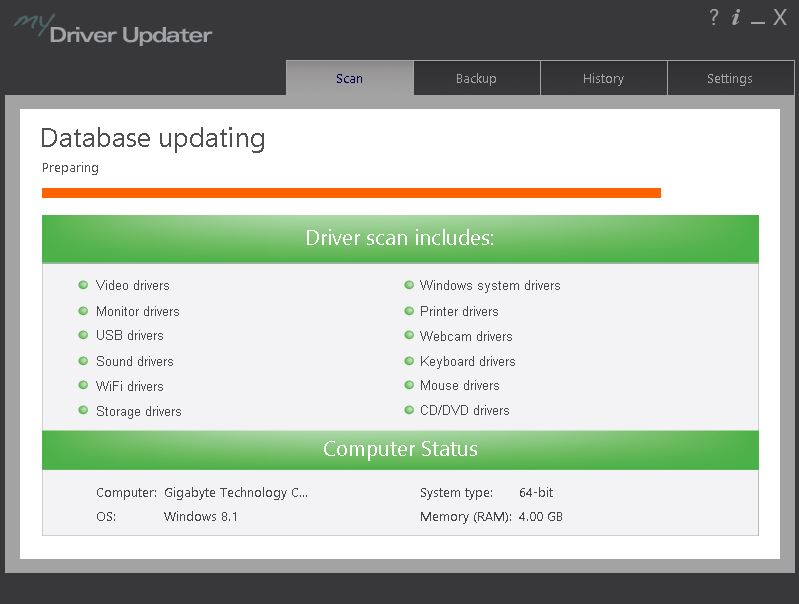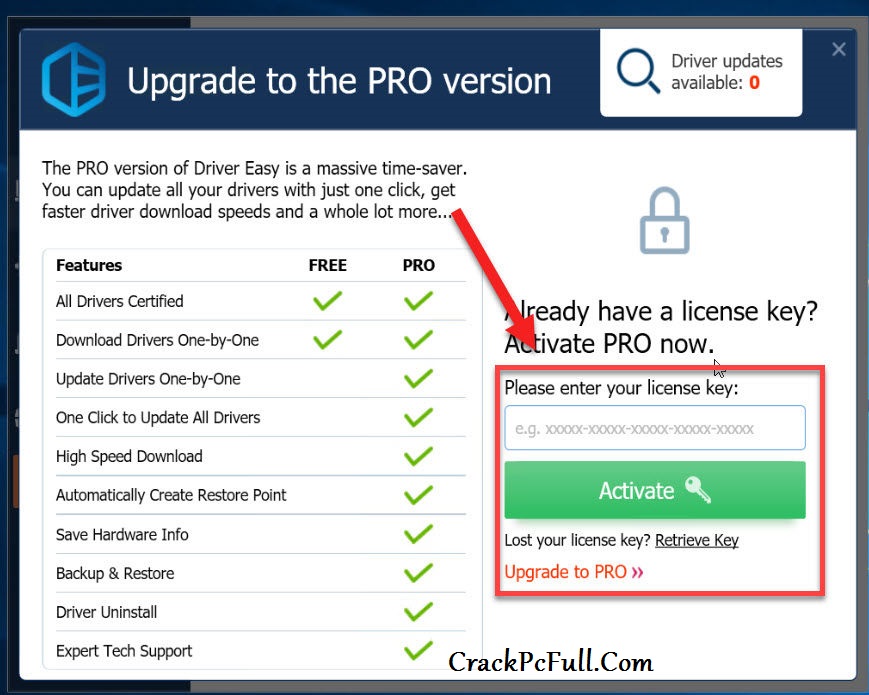

For example, here's the download page (Opens in a new window) for Logitech's StreamCam.

Most websites will have a Support or Downloads page from which to grab the appropriate driver. To download a driver directly from the manufacturer, navigate to the product page for the device in question. (Microsoft's generic drivers tend to be very reliable, though, so unless you need those extra features, it's not bad to keep what Microsoft gets you.) Sometimes Windows will only distribute a "generic" version from Microsoft that eschews extra features.įor example, generic mouse drivers will allow you to use your mouse, but may not allow you to adjust its DPI settings or customize buttons in as fine-grained a manner as software from Logitech. However, these drivers can often take a long time to get to Windows Update. In the vast majority of cases, this should be all you need. I don't really recommend using separate "driver updater" utilities instead, you can do it yourself in just a few clicks. In most cases, updating a driver is very simple. If a game you play gets a performance bump from the latest driver, it's worth updating to take advantage. If you're a gamer and you have a dedicated graphics card from Nvidia or AMD, new drivers are coming out all the time with performance improvements for the latest games. There is one major exception to the "if it ain't broke, don't fix it" rule: graphics drivers. If, however, you're having issues with a specific piece of hardware-or you know one of your drivers has a security flaw that needs fixing-it might be a good idea to update it. If your hardware is working as intended, it's best to let it be, since new drivers can introduce problems as well as fix them. In general, you shouldn't need to update your drivers very often.

Every once in a while, though, those drivers may require updates to fix certain issues, introduce new features, or improve performance.


 0 kommentar(er)
0 kommentar(er)
